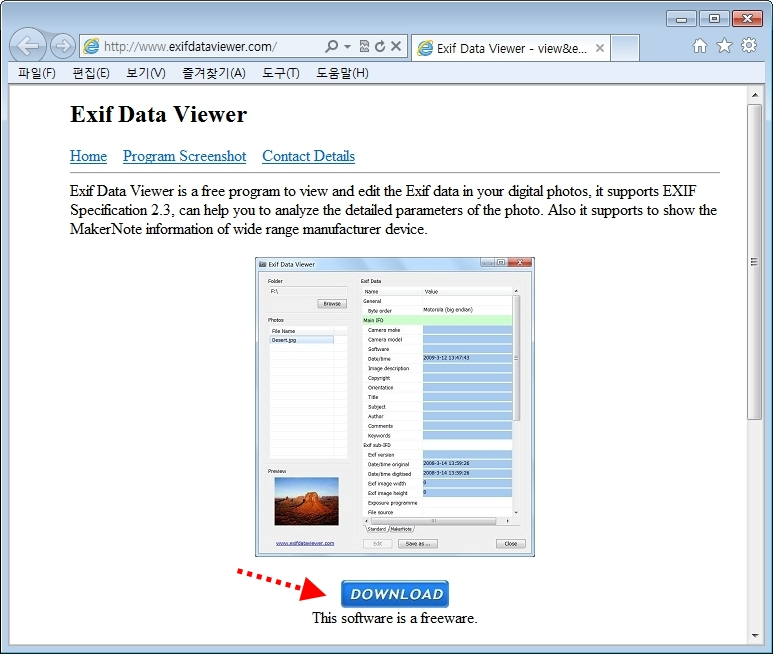
INSTAGRAM EXIF DATA VIEWER ISO
The camera was set to f2.2 and the shot took a speed 1/1956ths of a second (shooting the edge of the sun makes for startlingly quick exposures!) at a simulated ISO 50 speed, auto white balance and 2.20mm focal length. This particular image is 1.4MB in size and taken at a resolution of 4032 x 1816. This is broken into four categories of information, as can be seen: Date, File Information, Location, and Camera Info. On this menu I’m also a big fan of the “ Set as wallpaper” feature, which makes it a breeze to turn that great pic of your baby into your phone’s lock screen or home screen wallpaper.Īll of the EXIF information, however, is accessible by tapping on “ Details“… If you’re not on a Samsung phone, you might have other options you can utilize instead, I suggest a Google search or two for your edification.
INSTAGRAM EXIF DATA VIEWER HOW TO
You can learn more here: How to Use the Samsung Secure Folder. Tap on it and a menu pops up:Ī number of interesting options show up here, including the much discussed Secure Folder for photos you don’t want others to see if they happen to peruse your phone gallery. Hopefully you’ve already figured out that the heart lets you add a photo to your favorites list, the pencil lets you edit it, the three circles “<” lets you share and the waste bin lets you discard the picture if you don’t really like it.

For now, in the Gallery app, here’s a photo I took recently: I’ll come back to that in a minute, however.
INSTAGRAM EXIF DATA VIEWER ANDROID
You’re lucky you’re an Android user with all the EXIF information too: iPhone users have to go through a ridiculous number of steps – or get an app! – to view this most basic of photo information. VIEWING EXIF INFORMATION FOR A PHOTO IN ANDROID I do not disable this feature, personally, as I really like being able to look on a map to see where I was when I took a photo from years earlier.

You can also disable location capture as part of your photography in your Android camera settings: In the Camera app, choose “Save Location” from “Settings” and you can stop recording geolocation for every photo you capture. After a lot of awkward problems with users extracting this EXIF information from shared social photos, however, every social network automatically strips out geolocation data as part of the upload process (particularly important for teens posting from their bedrooms!) Either way, it’s automatically recorded with every selfie, every sunset picture for your Instagram feed, every goofy video you post on TikTok and every other photo you capture with your mobile device. I think of that as “EXtra InFormation”, but the official definition of the acronym is “Exchangeable image file format”. The collection of all this additional data beyond the actual image itself is know as EXIF information.

That way it can stay connected even as you move around. How does your phone know? Your phone actually always knows exactly where you are through various satellites and the cellular signal. Really helpful and interesting information, particularly when both the timestamp and geo-location are also automatically recorded. Digital photography is a completely different world, however, and it was immediately obvious that a digital picture could include additional information, even down to focal length and exposure. Nowhere in that process was space for additional information, not even time or date. In the old days, when you took a photograph, you exposed chemicals on a sheet and produced a negative that had to be developed and printed to produce the print you wanted to view.


 0 kommentar(er)
0 kommentar(er)
